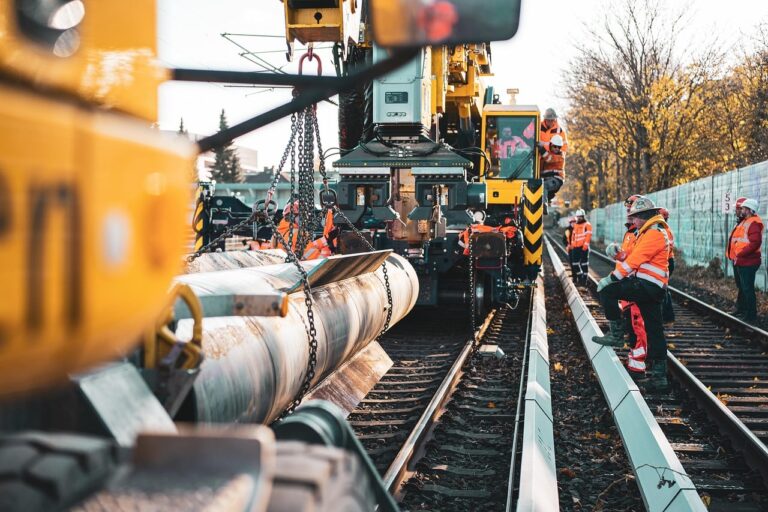Navigating industrial noise control: a guide for Australian Architects
Why the right noise control solutions are a crucial part of architectural design In modern Australia, industrial noise control has a critical role to play in architectural design. Architects must consider various facets of acoustics to ensure compliance with noise control regulations set forth by both the National Construction Code (NCC) and Australian Standards (AS)….
Why the right noise control solutions are a crucial part of architectural design
In modern Australia, industrial noise control has a critical role to play in architectural design. Architects must consider various facets of acoustics to ensure compliance with noise control regulations set forth by both the National Construction Code (NCC) and Australian Standards (AS).
For architects, effective noise control is not simply desirable. Past cases demonstrate that failure to address noise concerns in architectural designs can have significant legal implications.
Here are some key points for architects to consider when incorporating effective noise control in their building designs.
Beginning with a site acoustic analysis
One essential component of noise control for architects is site analysis. It is vital to conduct a comprehensive site analysis to identify potential noise sources and use the information to inform design decisions.
Collaborating with acoustic consultants to conduct a noise impact assessment during the design phase can be beneficial in quantifying and predicting noise impacts. This step helps architects design buildings compliant with the NCC and AS regulations.
Choosing the ideal acoustic products and materials
When designing buildings, architects must balance aesthetics with acoustic functionality. Design strategies to ensure optimal acoustics involve thoughtful building layout and selecting appropriate materials and acoustic products. Selecting materials and products to minimise exposure to external noise sources and enhance acoustic comfort is essential.
Understanding a building’s particular acoustic needs
Different types of buildings have distinct acoustic requirements. For example, a wastewater treatment facility will require different acoustic solutions from a food manufacturing plant. For this reason, architects must consider the specific requirements of each building type when designing the acoustics.
See practical examples of projects that have effectively implemented industrial noise control strategies in Flexshield’s case studies section.
Get advice from Flexshield, the industrial noise control experts
Mastering the art of industrial noise control is a crucial part of creating spaces that offer comfort, functionality, and regulatory compliance. Architects must comprehensively understand the regulatory landscape and the various facets of acoustics when designing buildings.
By following NCC and AS guidelines, and collaborating with acoustic consultants to conduct noise impact assessments, architects can design buildings that meet and exceed Australian standards.
To find out more about industrial noise control, please contact the Flexshield team at 1300 799 969 or get in touch online.
Related Stories
-

Flexshield’s big month in industrial noise control – on the road from QLD to WA!
Taking action for hearing health and sustainable water management It’s been a busy month for the Flexshield team, and we’ve covered vast distances from Queensland to New South Wales, Victoria, and Western Australia. It’s been… -

The science behind tailored industrial noise control solutions for your project
7 key considerations for addressing noise pollution for your project When you’re managing noise on a job site, it’s important to understand the science behind industrial noise control and how to apply it effectively. Whether… -

World Hearing Day 2025: protecting workers’ hearing with Flexshield
Why prioritising hearing protection is essential for your workforce Each year on March 3rd, the World Health Organisation (WHO) marks World Hearing Day, raising awareness about hearing loss and promoting actions to protect auditory health….